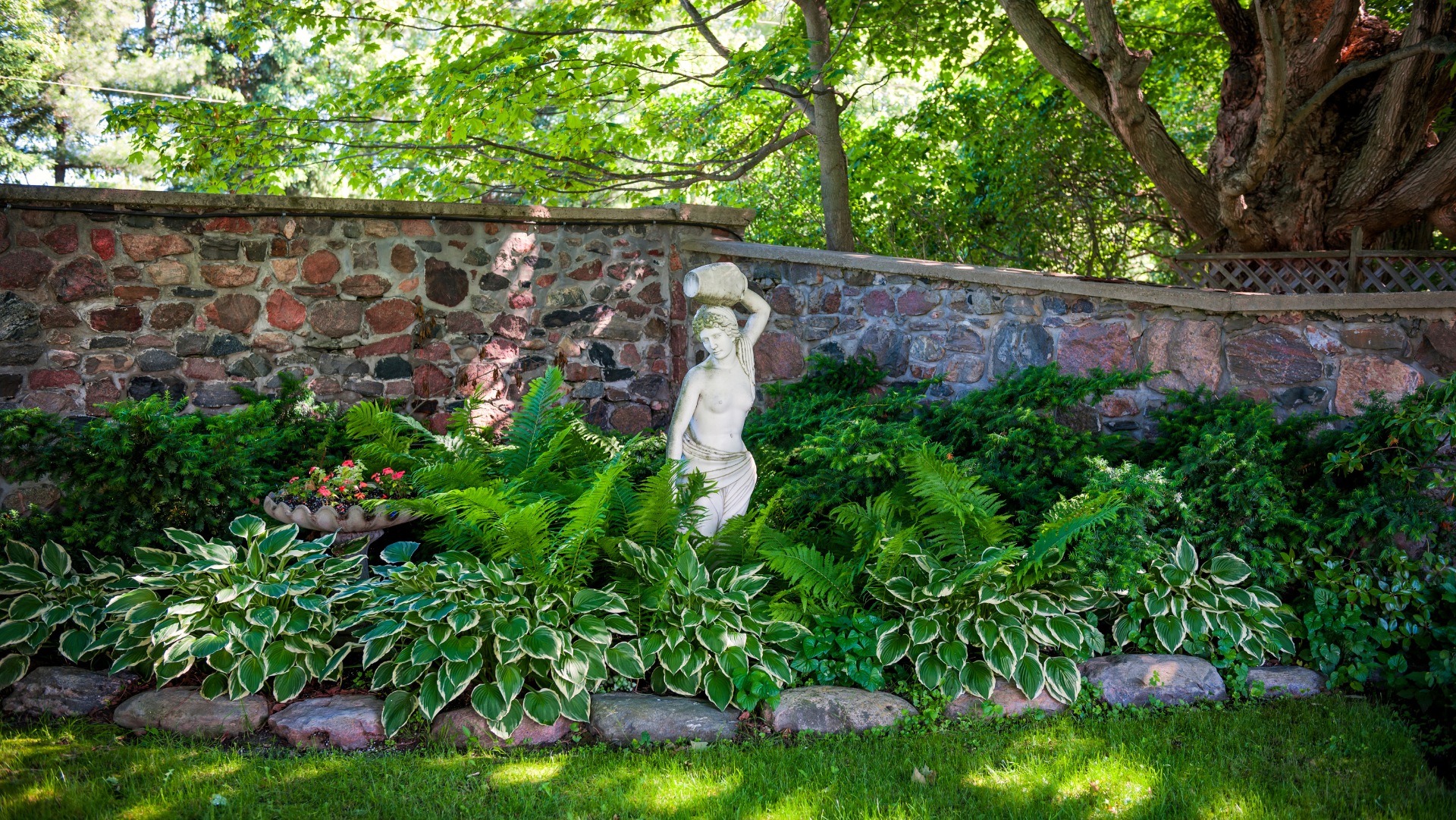
Dividing Perennials in the Fall
Dividing perennials is a good way to keep your landscape from becoming overcrowded. Some of the reasons to divide them are to help rejuvenate them, control the size of them plant, or increase their number. Dividing will also help keep them blooming and vigorous.
When to Divide?
It is best to divide spring and summer blooming perennials in the fall and fall blooming ones in the spring. Dividing when the plant is not flowering will help encourage root and leaf growth and all of the plants energy can go to that.
Tips on Dividing Perennials:
– Fall Division of perennials should take place now thru mid-October for best results
– Avoid dividing on a hot sunny day. Wait until a cloudy day, ideally with a few days of light rain the forecast.
– Most perennials can be divided every three years on average. Some plants such as
mums and asters may need to be divided every year as they tend to crowd themselves. Crowding will turn plants into non-flowering clumps of leaves and roots.
– Signs that perennials need dividing are smaller than normal flowers, centers of clumps that are hollow and dead or very sparse foliage at the bottom of the plant.
– Water plants a few days before you plan to divide them. Prepare your soil where you will be putting the new plants you divide. Use a good compost such as Morgan Compost Dairy Doo mixing in 50% of your existing soil
– When digging up plants use a sharp pointed shovel or spading fork to dig down on all four sides of the plant. Be sure you get the entire clump to be divided.
– Cut the clump into divisions with a square point shovel or knife. When separating the new divisions take special care when separating root systems. Some will have spreading roots and some will have more of a clumping root system. Most can be pulled apart by hand or cut apart with shears.
– Replant divisions at the same depth they were originally
– Plantings should be mulched right away and watered. Mulching will help prevent
heaving that will be caused by shallow freezing and thawing of the soil.
